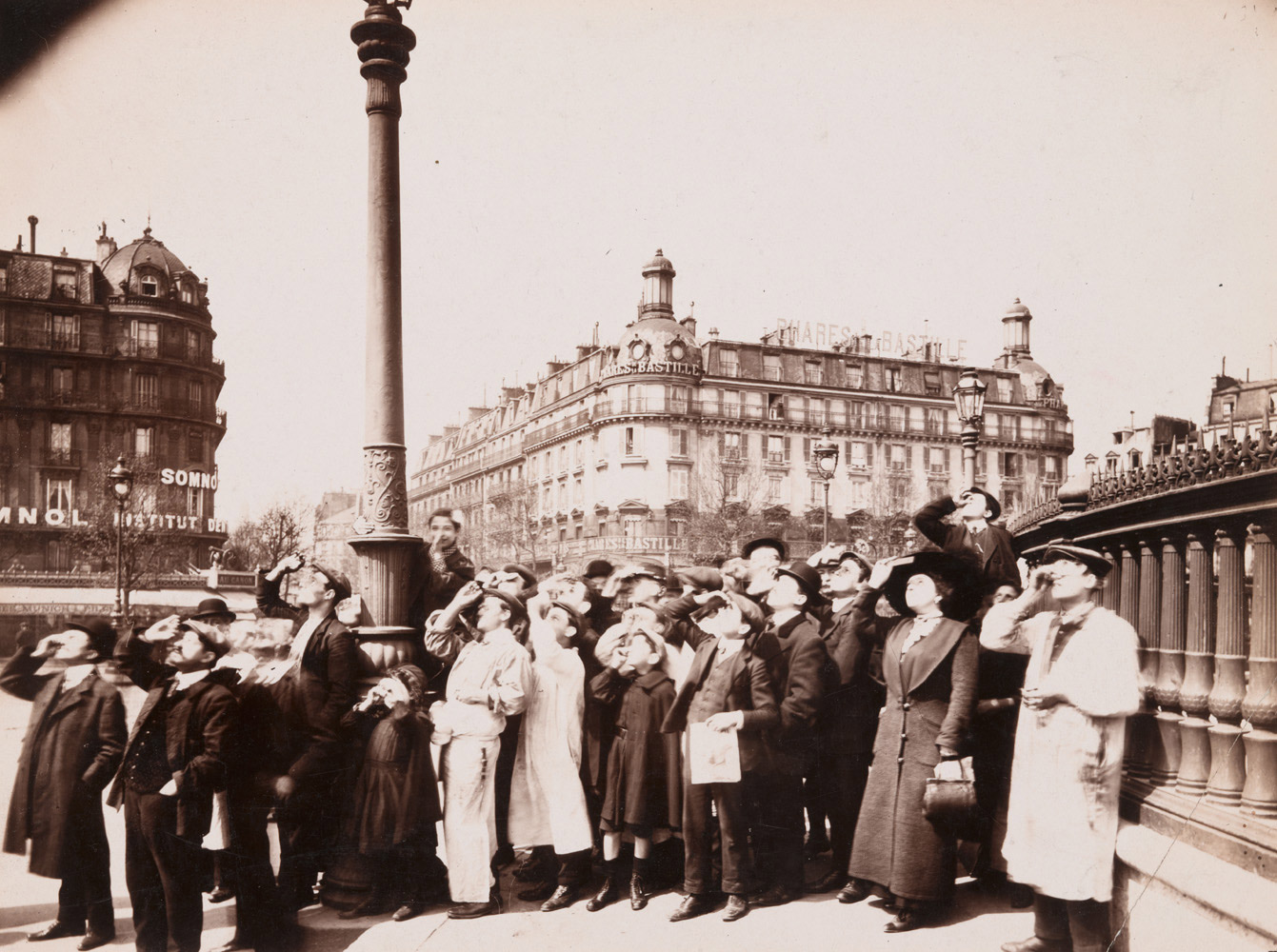
Outside his studio in 19th-century Paris hung a sign that declared “documents pour artistes”—documents for artists—a statement that captured the modest intent of Eugène Atget. His legacy, the result of a career that spanned more than 30 years and nearly 8,500 photographs, is one of relentless curiosity, devout investigation and masterful craftsmanship. Drawing from its expansive collection of Atget’s work, the Museum of Modern Art in New York will present a selection of more than 100 images from Feb. 3 through April 9, as an exhibition titled with inspiration from the artist himself: Documents Pour Artistes.
The exhibition, which is divided into six sections, examines the various subjects the artist approached during his life. Atget is primarily known for his images of the streets of Paris, romantic landscapes and images of storefronts (which inspired Surrealists such as Man Ray and Tristan Tsara, although Atget denied any ties to the movement)—but, in this show, MoMA includes a refreshing display of his rare photographs of people, which are equal in their formal rigor and topographical, objective approach.
Atget’s approach is paradoxically both intimate and anonymous; despite having photographed seemingly every inch of the streets of Paris, from whole buildings to window displays, Atget never photographed the Eiffel Tower. His sense of dedication to detail, found in his street photographs, extends into his images from the abandoned Parc de Sceaux, from March and June of 1925. During this time, Atget took vast images of the serene landscapes, all while taking dutiful notes of times of day of the photographs, revealing his highly proximate relationship with documentation.
Drawing inspiration from Atget’s vision of objectivity for his photographs, it is perhaps best for viewers to develop a more personal relationship with his work, undistracted by the perceptions of the outside world. The scenes captured in Atget’s images cannot be adequately illustrated with words—luckily for us, he took pictures instead.
Documents Pour Artistes is on display from Feb. 3 through April 9 at the Museum of Modern Art in New York City.
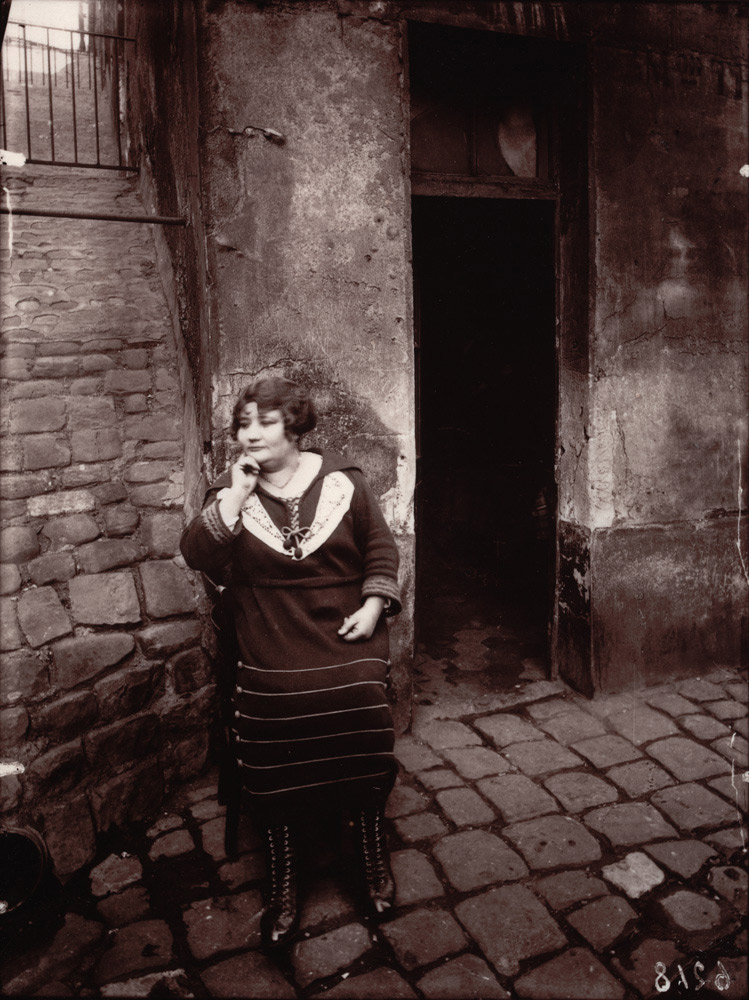
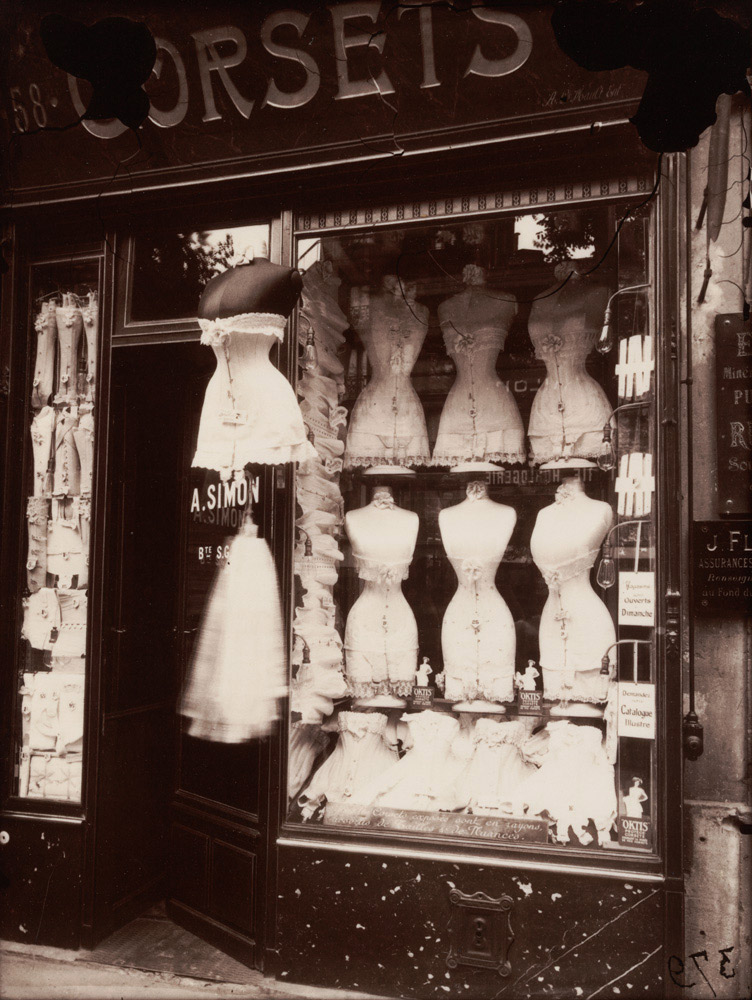

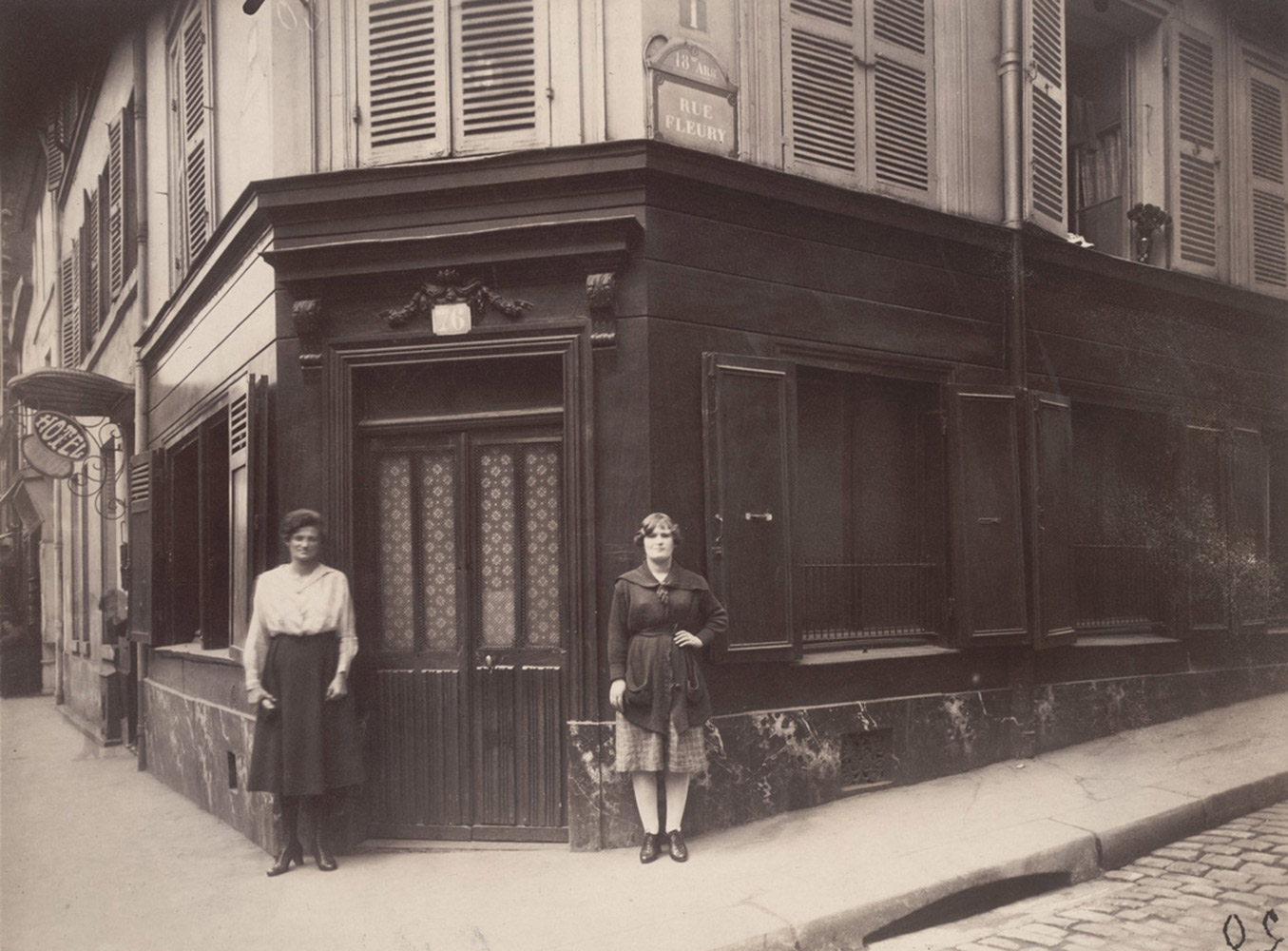
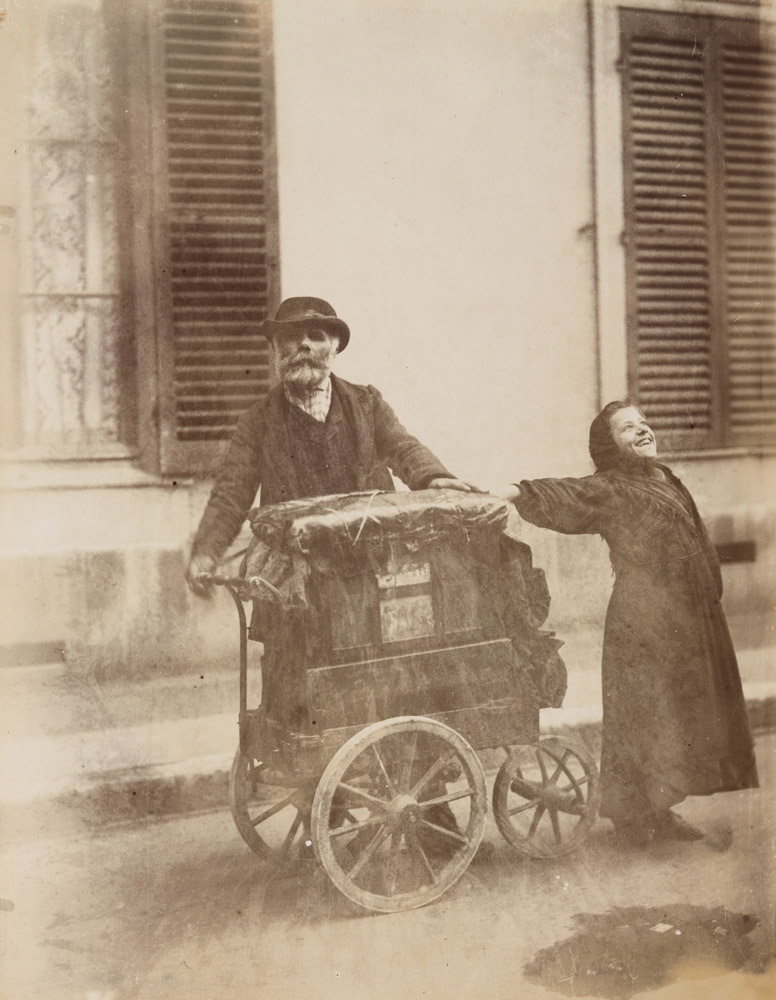
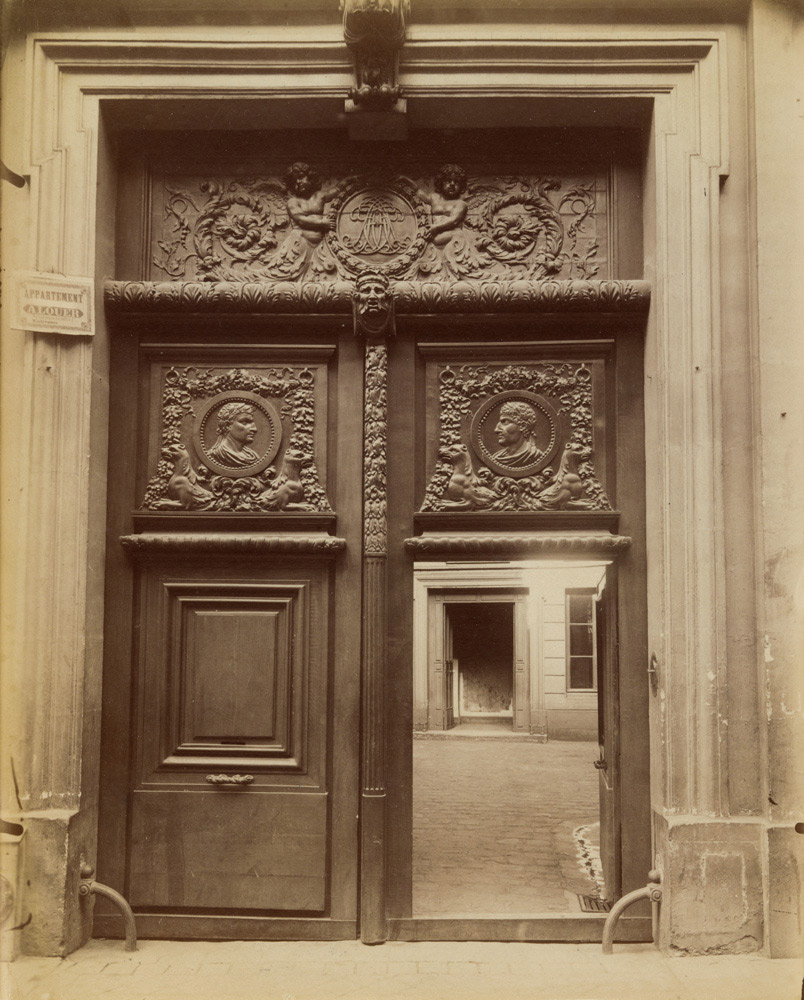
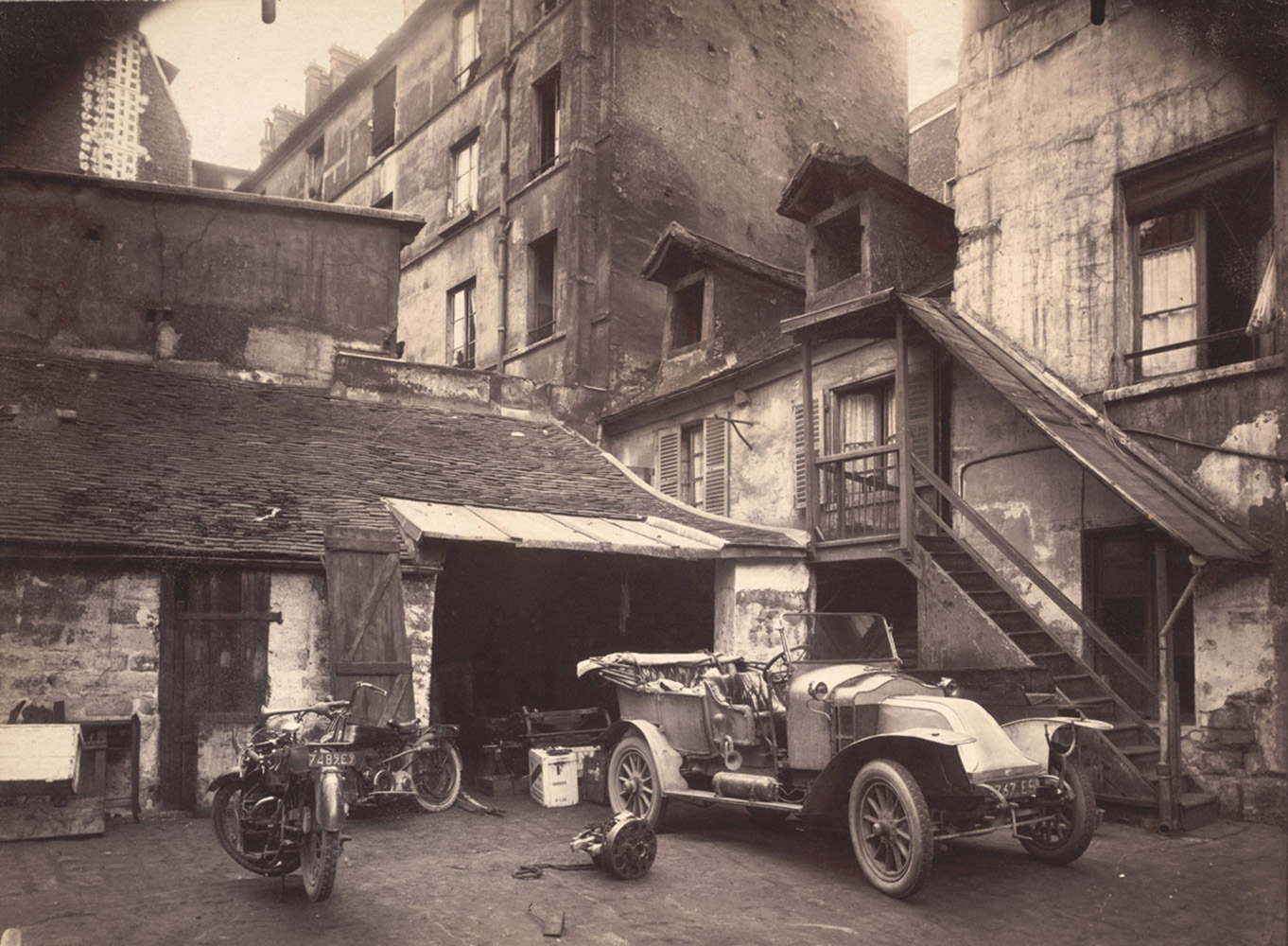
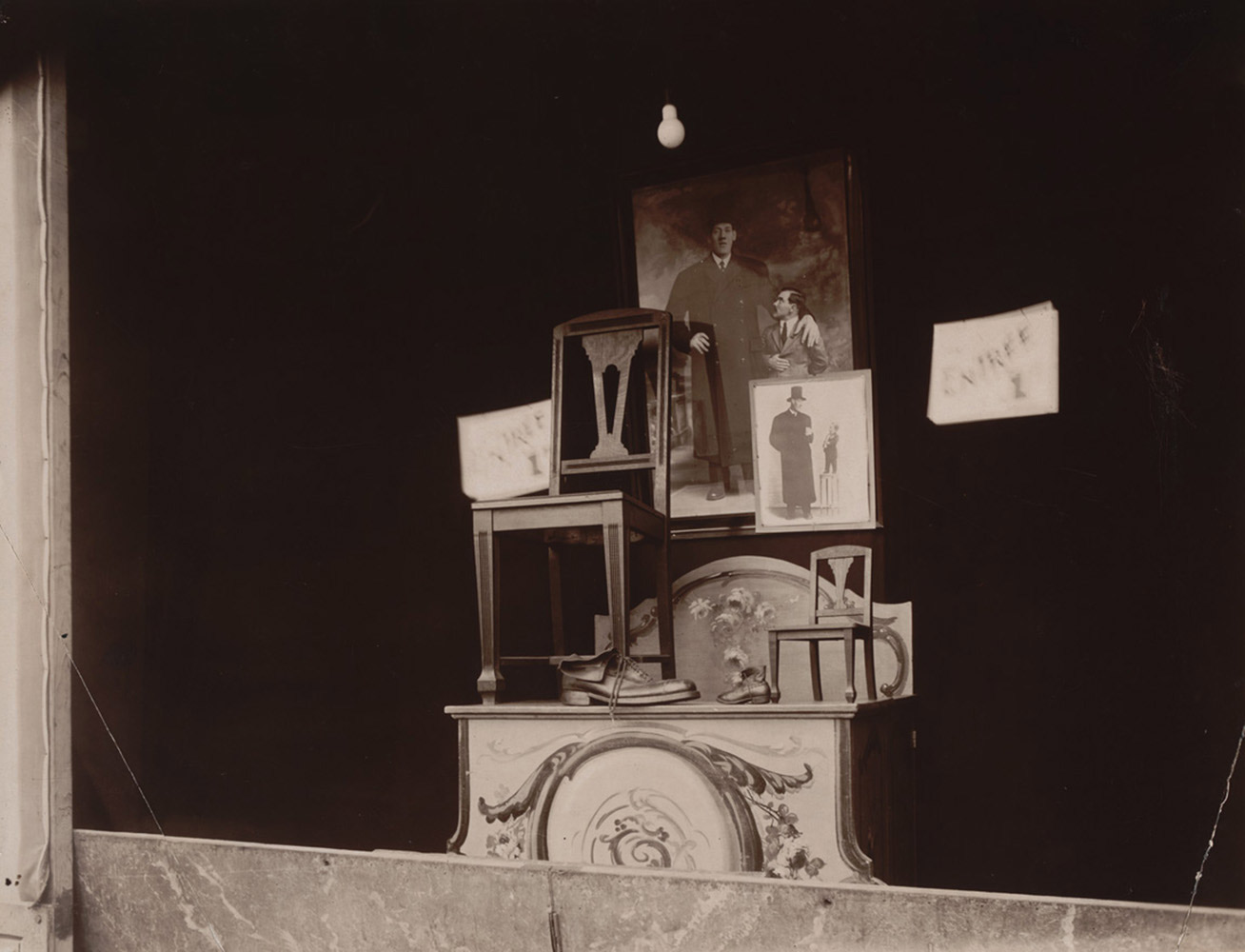
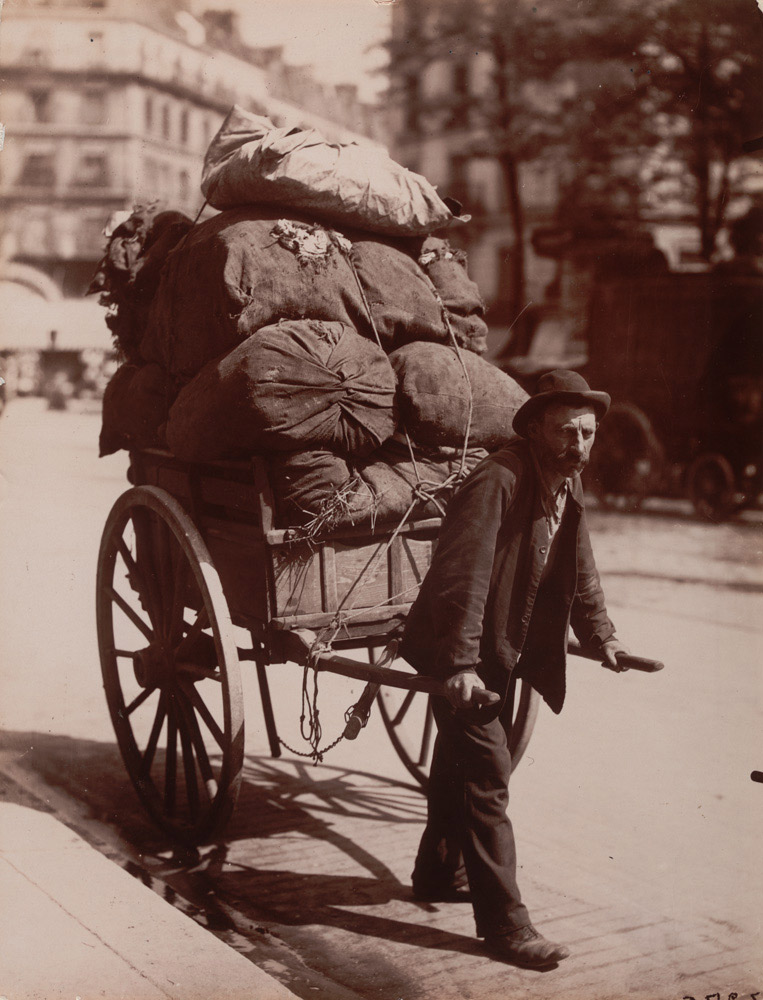
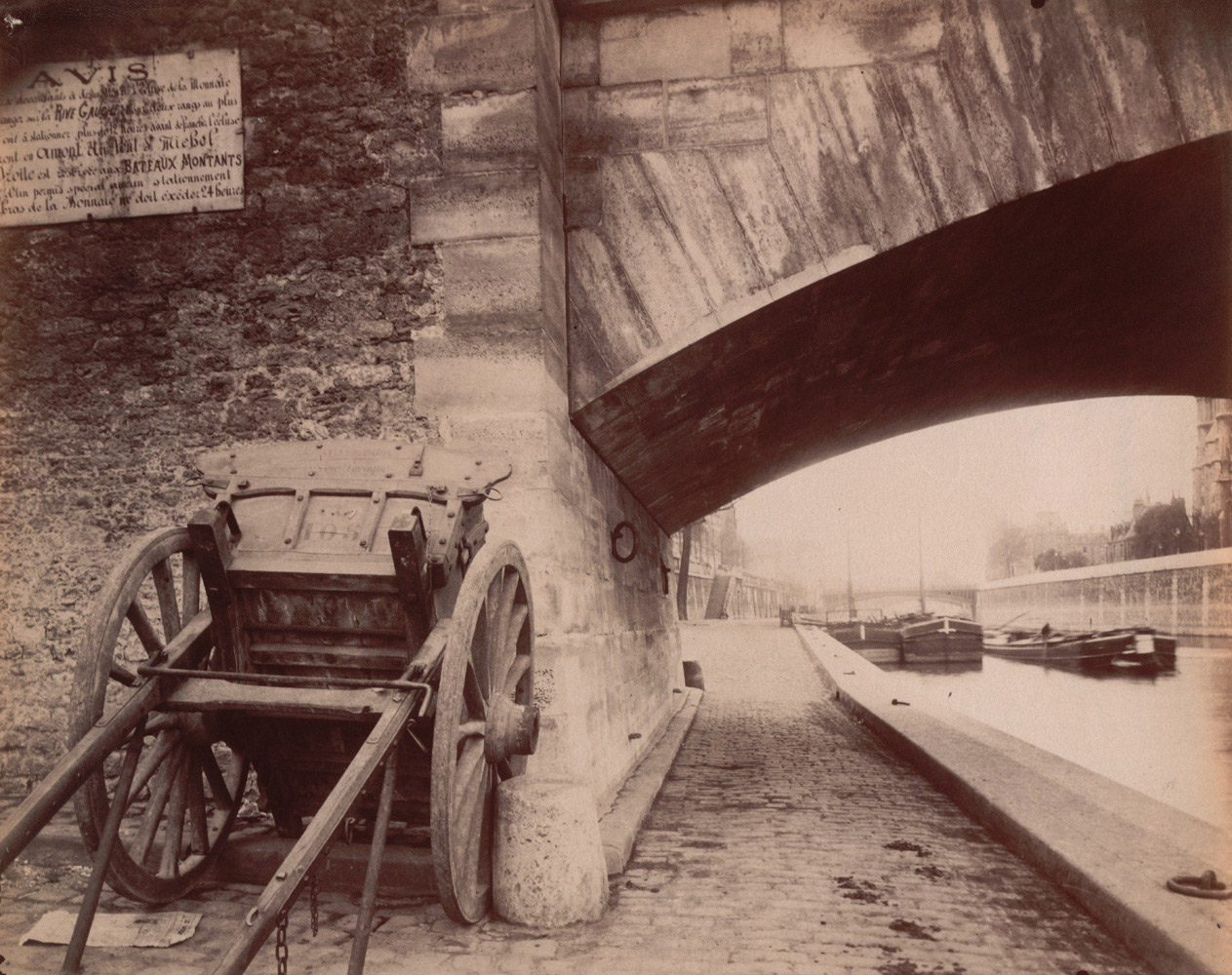


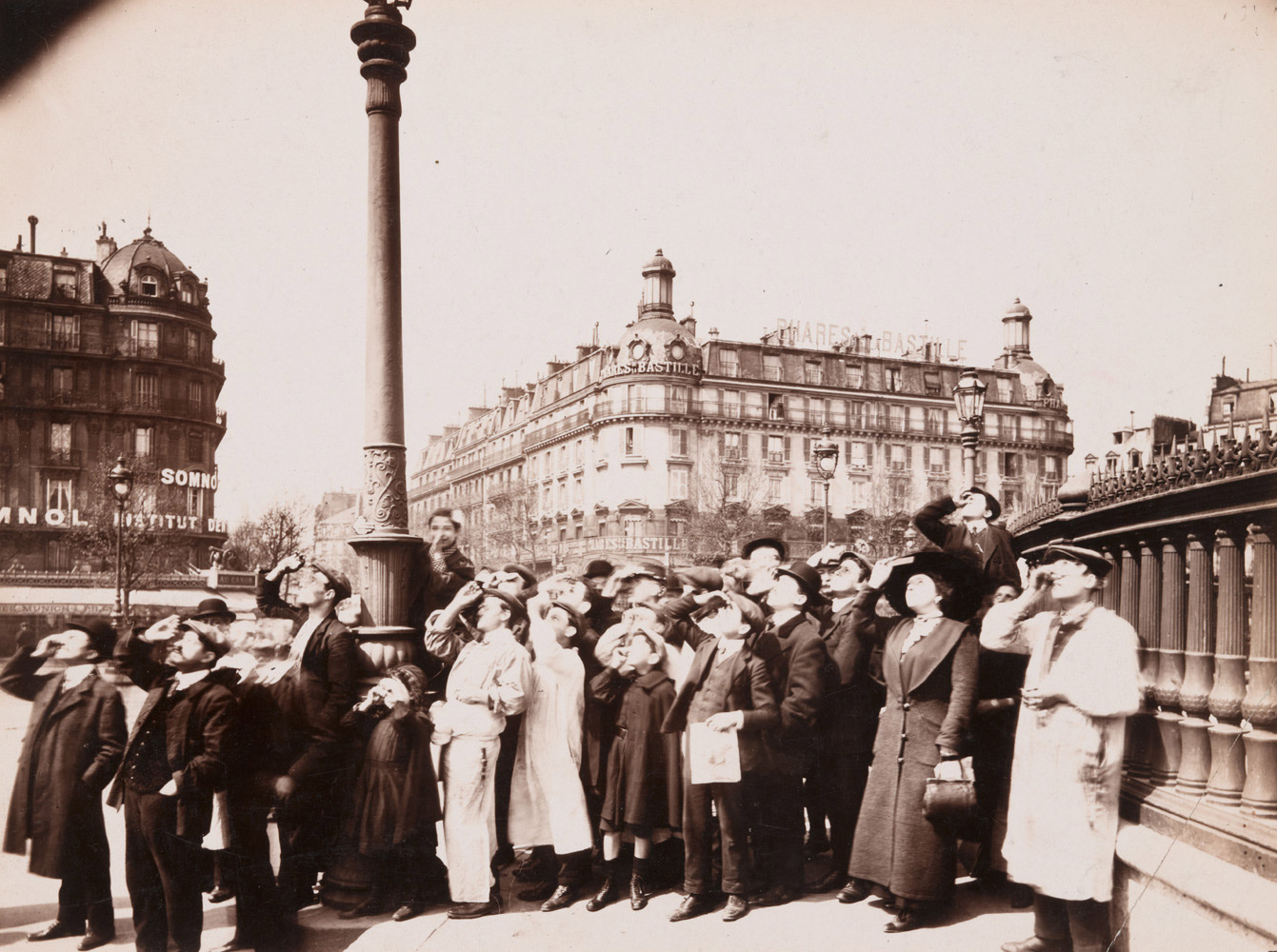


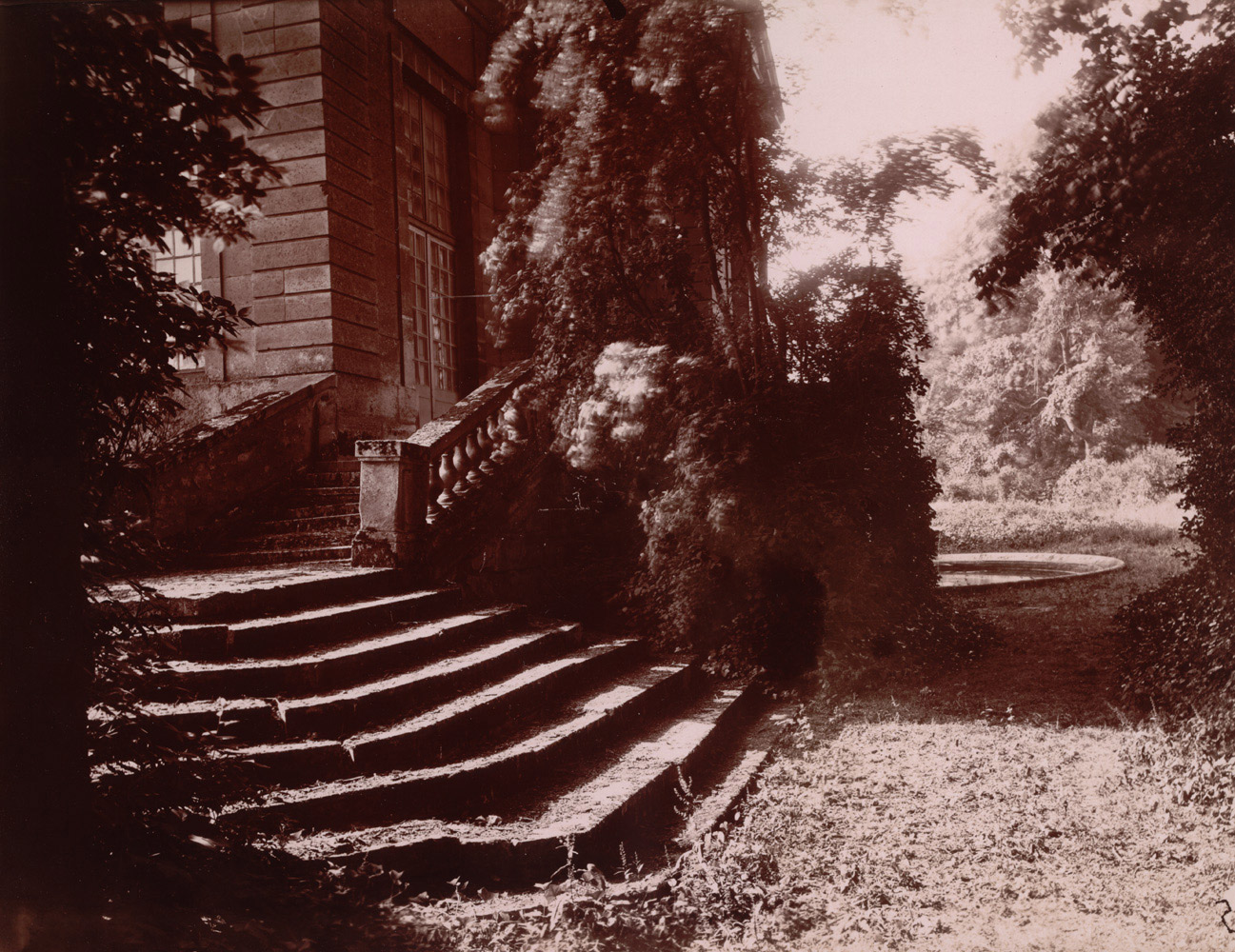
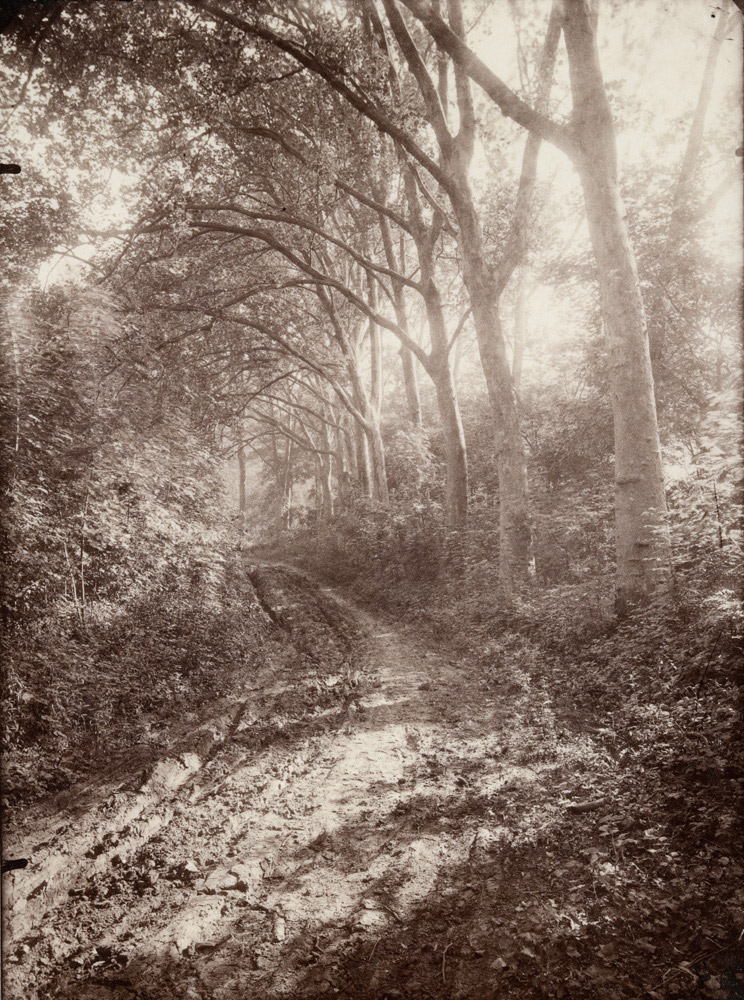
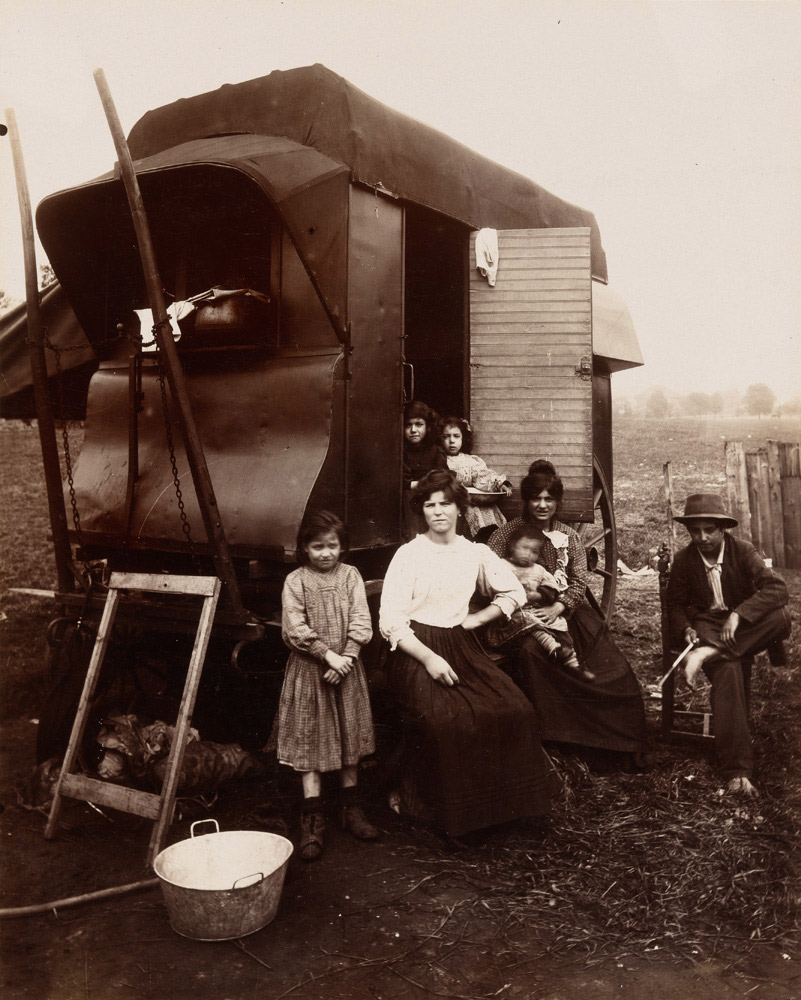
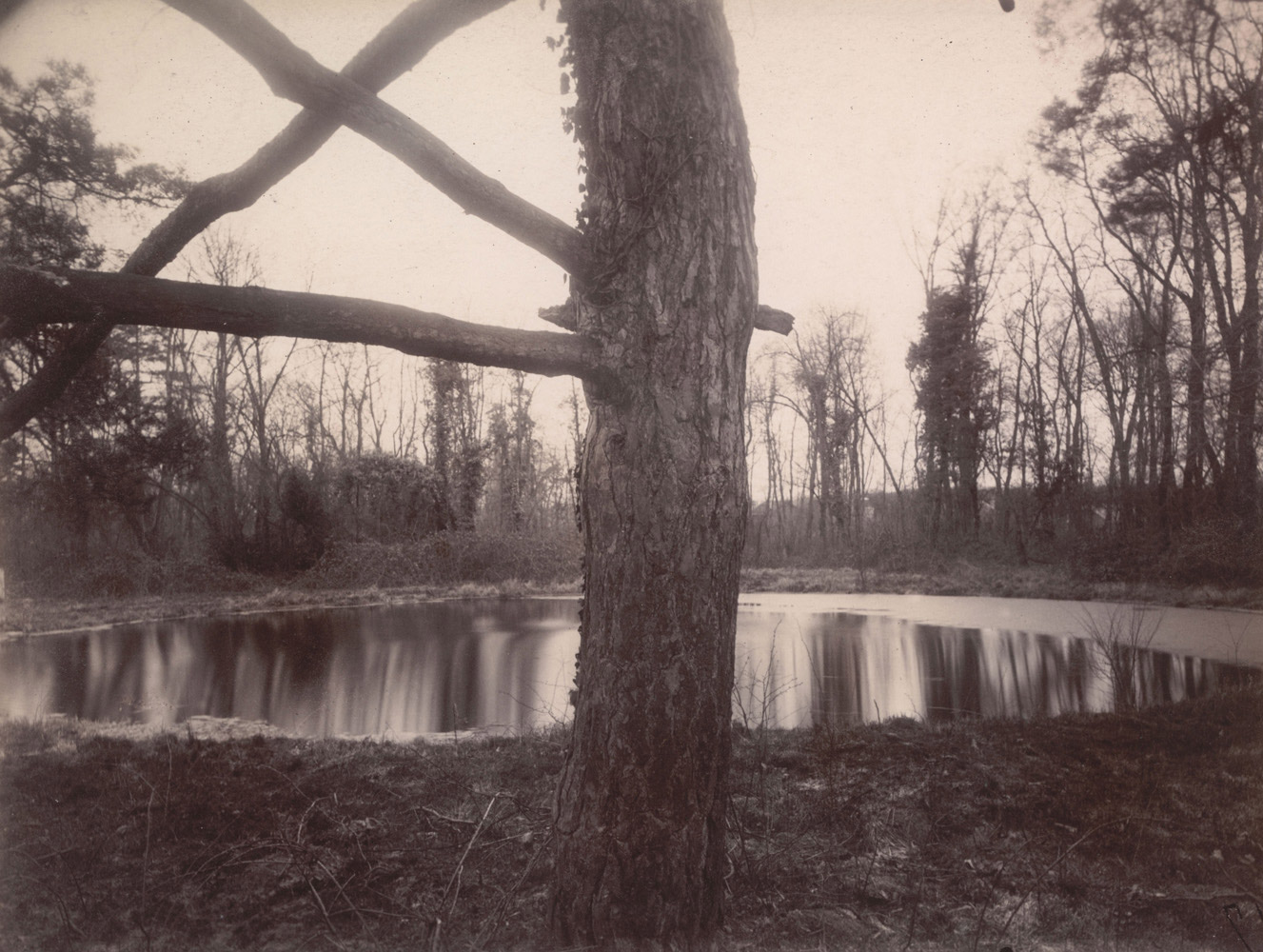
More Must-Reads from TIME
- Donald Trump Is TIME's 2024 Person of the Year
- Why We Chose Trump as Person of the Year
- Is Intermittent Fasting Good or Bad for You?
- The 100 Must-Read Books of 2024
- The 20 Best Christmas TV Episodes
- Column: If Optimism Feels Ridiculous Now, Try Hope
- The Future of Climate Action Is Trade Policy
- Merle Bombardieri Is Helping People Make the Baby Decision
Contact us at letters@time.com